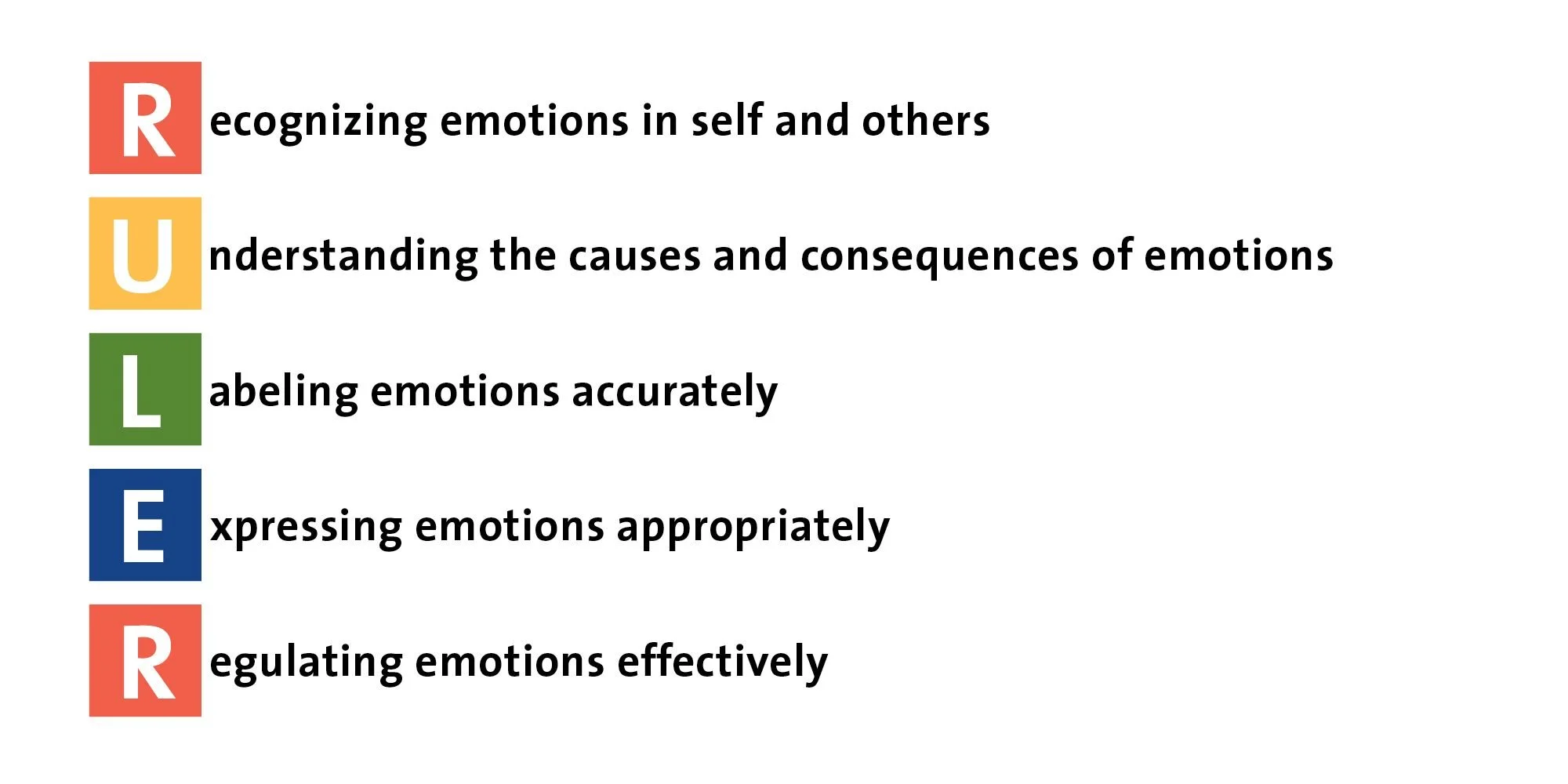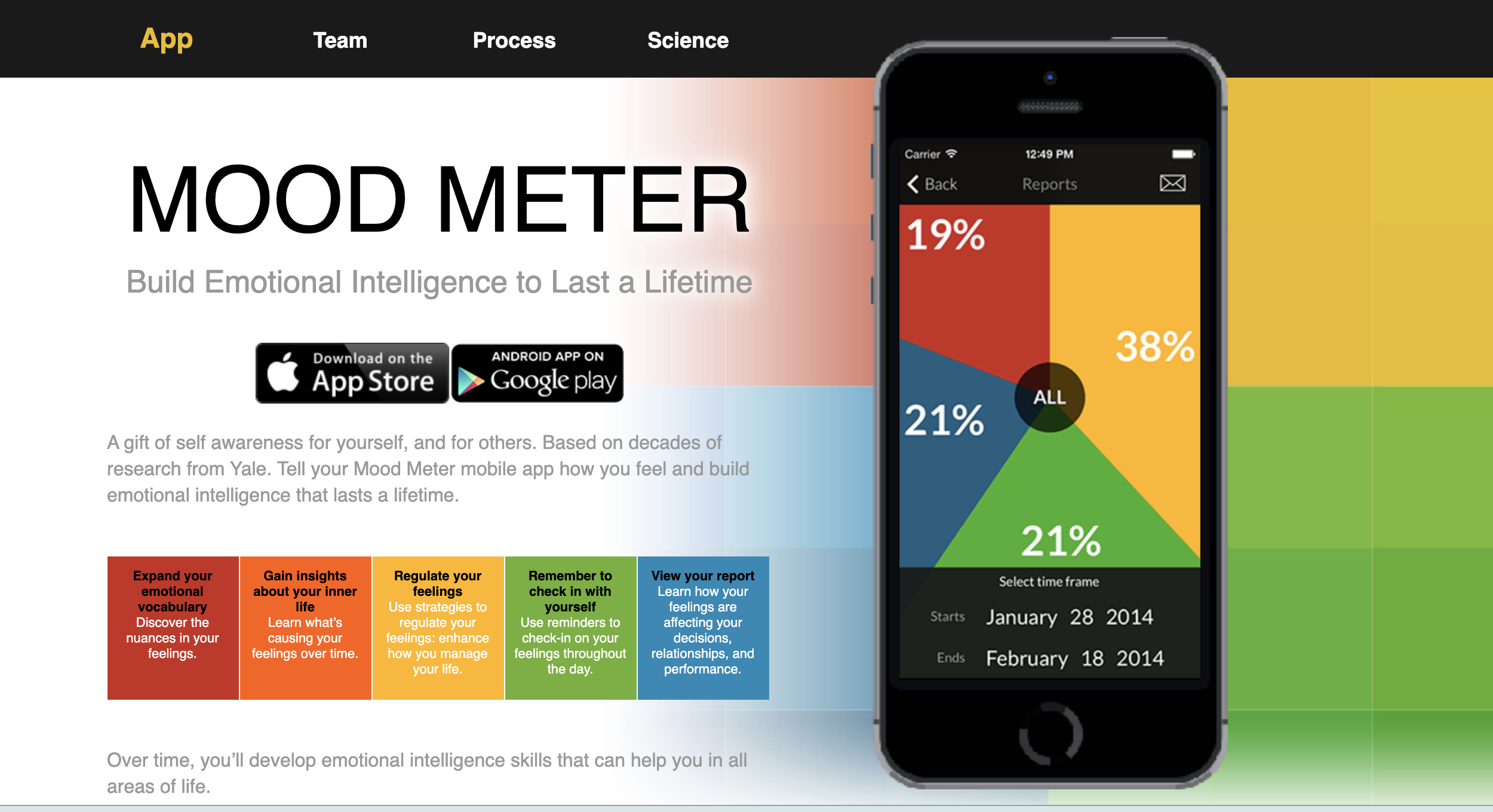Emotions in the Workplace
I Quit.
“You are a bully,” I remember saying. “Tell me in what professional setting is it ever appropriate to throw a pen at someone?” I remember being in the sterile owner’s office, we had just completed a “renovation” and for some reason, the owner of the company decided a converted closet with florescent lights and no windows was the ideal place to work. More of an interrogation space, than an office I thought. I had been employed just over five years On paper it was a great position, there were plenty of perks, and it was the first place that gave me a shot at a “career” after college. The incident I was referencing, was an event with the Chief Executive “Bully” that happened nearly four years earlier. I had carried that resentment, fresh as the day it happened, around with me for all that time, and it didn’t come to surface until I was resigning. Even now, it’s a challenge to identify the emotions I felt as I was quitting.
Guilt.
Empowerment.
Resentment.
Validation.
Rage.
Sympathy.
Embarrassment.
Let’s face it, midwesterners are great at “The 10 Step Goodbye”, we love to talk about the weather, how the family’s been, and gossip about shared acquaintances, but when it comes to emotions, it’s not something many of us would say we are comfortable with. If your family was like mine, you may have heard the term “sissy” or phrases like “be a man” or “grow up” being said during venerable or emotional moments in your childhood. I can probably count on one hand the times I’ve seen my dad cry.
Permission to Feel
In reading Permission to Feel by Marc Brackett, Ph.D. (I’m sure there may have been a few eye rolls just at reading the name of the book) I am beginning to scratch the surface of how years of interacting with family, situations with teachers and mentors at school, and my experiences as a working adult, have led to the engrained belief that emotions should be secondary to performance, “business”, and the pursuit of happiness. In reality, it should be the exact opposite. Emotions should drive motivation and produce better performance. Emotions should be a part of all business decisions, especially those that affect the livelihood of others. And emotions should be at the core of our pursuit of happiness. Now, as a new father and a leader of a team, I am determined not to foster an environment that does not welcome venerability.
Do you need facts? How about this. CASEL (The Collaborative for Academic, Social, and Emotional Learning) that focuses on SEL (Social and Emotional Learning) has proven that for every dollar invested in SEL there is an $11 return on investment by reducing delinquency, substance abuse, and the like. While CASEL primarily focuses on schools and adolescents, I can attest that for many businesses employee retention is a sensitive subject, and the pandemic has been a great equalizer for determining if your employees have the dedication, resilience, and venerability to weather the storm. If there was a solution that would help prevent employees from “jumping-ship” anytime something went wrong, wouldn’t it be worth exploring? Wouldn’t be nice to reduce the annual cost of recruiting, onboarding, and training?
When’s the last time you sat down with your team and asked everyone how they were doing, and actually cared about the response? I’ve experienced leaders I’ve looked up to express statements similar to this, “I’m paying her/him/them to do something. I don’t care if I hurt their feelings. If they aren’t going to do what it takes to get the job done, they should be fired.”
Harsh.
While that may have been “the norm” for businesses in the 80s and 90s, your typical Millennial and Gen-Z-er, has a pretty low threshold for that response. Look at the statistics. The rate of turnover for Millennials is more than three times higher compared to other generations primarily due to an overall lack of engagement. How do you increase engagement? How about starting with listening?
An Emotion Scientist:
Is open, curious, and reflective
Views all emotions as information
Is In a “learner mode” (investigates)
Wants to get granular
Looks for data (evidence)
Has a “growth mindset”
An Emotion Judge:
Is critical, closed, and ignores emotion
Views emotions as “noise”
Is in knower mode (makes attributions)
Clumps emotions as good or bad
Goes with intuition (often biased)
Has a “fixed mindset”
So if a co-worker approaches you and begins to vent frustrations about a project that they were just assigned that has an extremely unrealistic deadline, instead of telling them “Oh that sucks. I’m sorry. So-in-so is always doing that to you.” Dig in and respond with, “Is this the first time something like this has happened? How would you describe your feelings? Do you know if there’s an alternative you could explore?” Just giving them a moment to identify what they are feeling without judgment or suggestion will most likely impact their mood, and allow them to begin the reflective process needed to regulate their emotions.
Brackett summarizes this in the core of the book.
The RULER approach:
For me, I am not going to naturally pull out a word like “sullen, ecstatic, or serene” from my vocabulary to define how I’m feeling. That said, the more finite we can get, the better we will be at expressing and regulating our emotions. Brackett discusses a great tool called the Mood Meter (pictured below), and guess what? There’s even an app. By tracking your daily emotions you can increase your emotional vocabulary, regulate your feelings, and become more self-aware of your emotional trends.
Brackett explains that the more well versed you are in the “R[ecognizing], U[nderstanding], and L[abeling]” of emotions the easier it will be to “E[xpress] and R[egulate]” them. It’s not a quick fix, there’s years of unpacking and unlearning. By making a conscious commitment to stick with it, to write a charter as a kind of “mission statement” for your home or office, and to bring emotions into everyday conversation, there will be consistent change and improvement.
To flashback, I remember walking out of the building after resigning, the Spring air thick with the smell of beer wafting from a nearby brewery on Chicago’s west side, feeling vindicated and justified with my choices. Proud that I stood my ground, and stood up for myself. I remember thinking, “I put everything I had wanted to say for years out there. I said my piece and so what if it was perceived as dramatic (and probably a little entitled).”
With time and reflection and after reading Permission to Feel, the outcome could have been a very different one had I been approached to talk about how I was feeling after the initial incident with the pen. If I had felt heard and saw effort being put in to better the overall emotional state of the business. Hell, I probably would have stayed if someone had checked-in with me a few weeks or months before my resignation. If someone had asked, “How are you feeling?” and actually cared to hear the answer.
My road to leadership has not been perfect, and every day is a learning experience (Core Value #3: Learn & Teach), but that is part of the teaching that Brackett imparts as well. We are all human, we are all a storm of varied emotions, and the winds could blow in a different direction in an instant. This is what it means to be human, to be fallible, and why we should care to dig deeper with one another and be emotion scientists.



